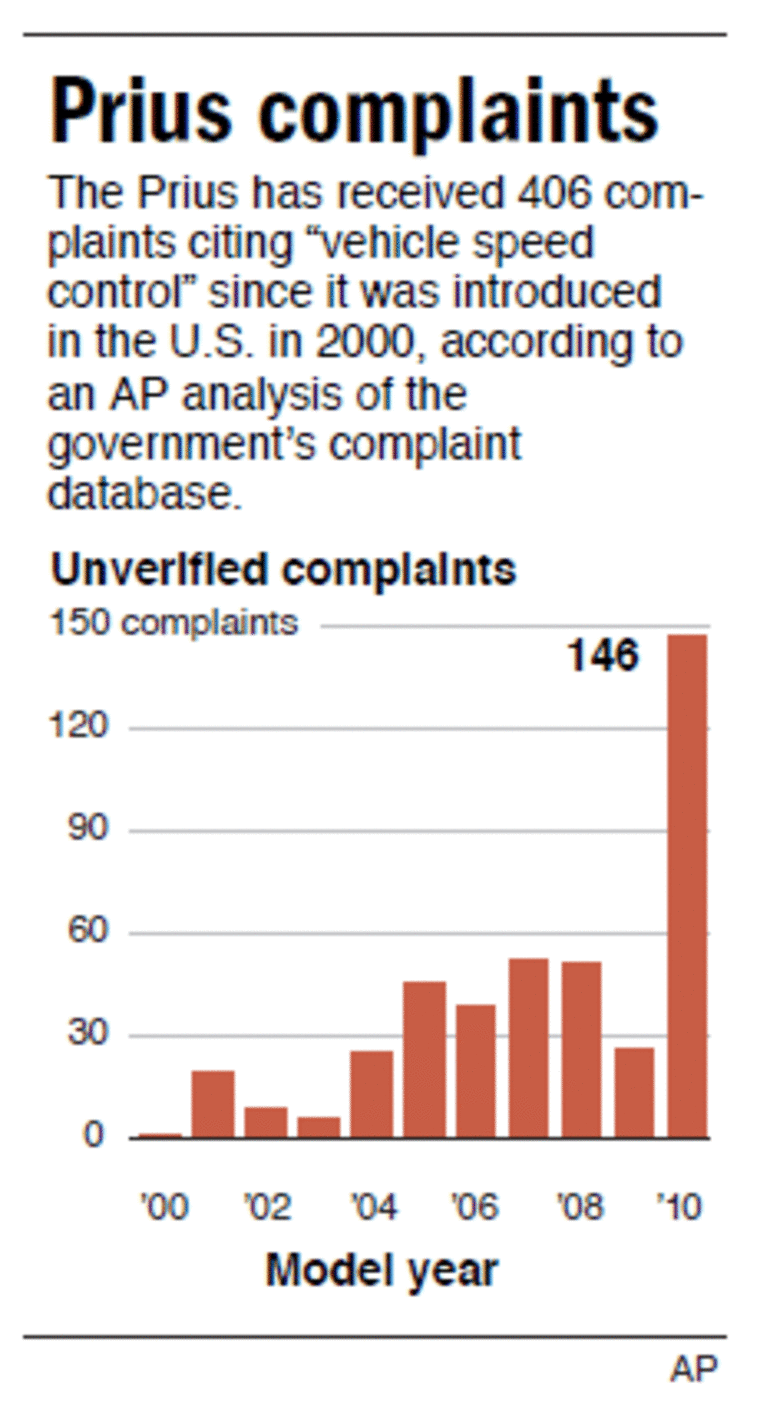With fear of unintended acceleration approaching the dimensions of mass hysteria, now is a good time to review the fundamentals of operating cars so that drivers are prepared in the event of a stuck throttle, whatever the cause.
The first order of business is to ensure familiarity with the car and its controls, advises Popular Mechanics magazine’s automotive editor Larry Webster. Check the placement of the pedals to avoid accidentally pressing the accelerator instead of the brake. Practice shifting the transmission into neutral. Practice shutting the engine off with the transmission in drive.
The shifters and keyless engine stop/start buttons in many new cars may be unfamiliar to drivers who should study them in preparation for an emergency situation. Beyond simply examining these controls, practice using them, Webster suggests.
“Nobody practices antilock braking or hard braking to see what it feels like,” he noted. After a couple of practice stops, drivers will get a feel for stopping the car at full throttle by pressing on both the gas pedal and the brake at the same time. “You can practice stuck throttle scenarios very easily in a parking lot,” Webster observed.
Even today’s shifters which may vary from the familiar “Park, Reverse, Neutral, Drive, Low” convention of the past will shift from drive into neutral just by pressing forward on the shifter, he said. “If you are worried about this, practice it a few times.”
And if the dread event strikes, as it may have done in California, when police helped slow down a Toyota Prius that sped out of control on a freeway?
The National Highway Traffic Safety Administration advises drivers to press firmly and steadily, and not to pump, on the brake pedal. Toyota’s advice to consumers adds that drivers can even consider using both feet to press on the pedal as hard as possible. Pumping the pedal is not only counter-productive, it can deplete the power assist which comes from engine vacuum, a phenomenon that is reduced at full throttle.
Many carmakers program their electronic throttle systems to automatically return to idle if the brake is applied. Toyota has not done that, but is in the process of changing to that approach. But even with the engine racing at full throttle, Popular Mechanics editors have demonstrated a 2010 Toyota Camry with none of the recent fixes braking uneventfully to a stop from highway speed, so the brakes should easily stop the car.
Webster theorized that some drivers may have their seats positioned too far rearward out of fear of an airbag deployment, so they may not be able to press the brake pedal far enough. Before driving a car, ensure that the seat is positioned so the pedal can be pressed to the floor.

If, for whatever reason, braking does not stop the car, then shift it into neutral and steer safely to the shoulder. NHTSA cautions that the vehicle's diagram showing the location of Neutral may be misleading. It is worth practicing in advance, but in the actual event, be sure push the shifter out of drive.
If, somehow, the brakes don’t stop the car and it won’t shift to neutral, then shut the engine off. Stopping the engine will eliminate the power assist to the brakes and steering, so they will get harder to operate, but they will still work, Toyota says.
With an engine stop/start button this requires a three-second hold on the button to stop the engine, according to Toyota. Other companies’ products may require a shorter hold, but holding down the “Start/Stop” button should work.
If the car is equipped with a conventional key ignition, it is important to switch it to the “ACC” or accessory position, not to “Off” because doing so will lock the steering wheel while the car is moving.
Once the car has stopped, call a dealer or repair shop to tow it, do not drive it, advises NHTSA. The agency has a hotline for questions: 888-327-4236.